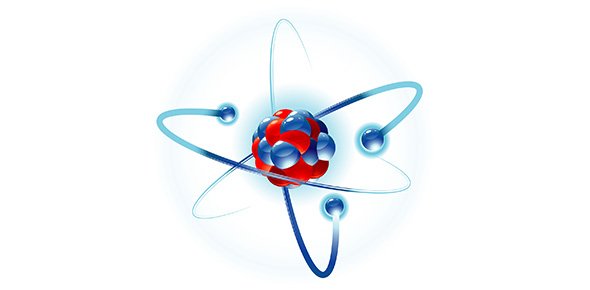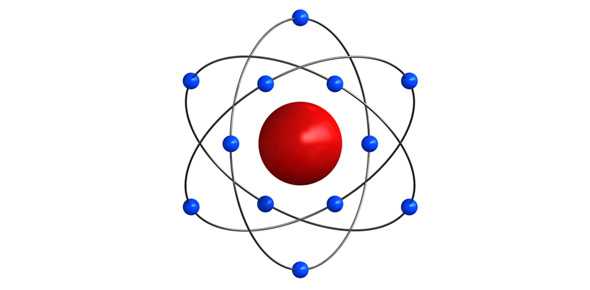Related Flashcards
Related Topics
Cards In This Set
| Front | Back |
|
Vector
|
Quantity that has a
direction and a length (or magnitude) but no defined location
|
|
Resultant
|
Addition of two or more vectors
|
|
Acceleration
|
The rate at which velocity changes
|
|
Newton's first law of motion
|
Deals with inertia, states that an object in motion will remain in
motion unless a net force acts on it and that an object at rest will remain at rest unless a net force acts on it
|
|
Net force
|
The resultant of all forces acting on the
object
|
|
Newton's second law of motion
|
This law says the force on an object produces acceleration of the object that is proportional to the object’s mass (m)
|
|
Newton's third law of motion
|
When an object exerts a force on another object, it experiences a
force of equal magnitude but opposite direction from that other object.
|
|
What is motion?
|
Change in an object’s position or orientation over time
|
|
What is the difference between vector and scalar?
|
Vector is a quantity with magnitude and direction but no location; a scalar has a magnitude but
no direction.
|
|
What is the difference between velocity and speed?
|
Velocity is a vector that represents how quickly an object is moving while speed is the magnitude of
that vector (it is a scalar).
|
|
What type of motion is under the influence of gravity?
|
Projectile motion
|
|
Nonlinear motion
|
Force acts on an object in a direction that is not parallel to the object’s velocity, the object no longer
moves along a line;
|
|
Rotational motion
|
Involves objects spinning on an axis or moving in a circle around some central point
|
|
Circular motion
|
Rotational
motion that involves circular geometry
|
|
Centripetal acceleration
|
Acceleration that always points toward the center of the circle
|





